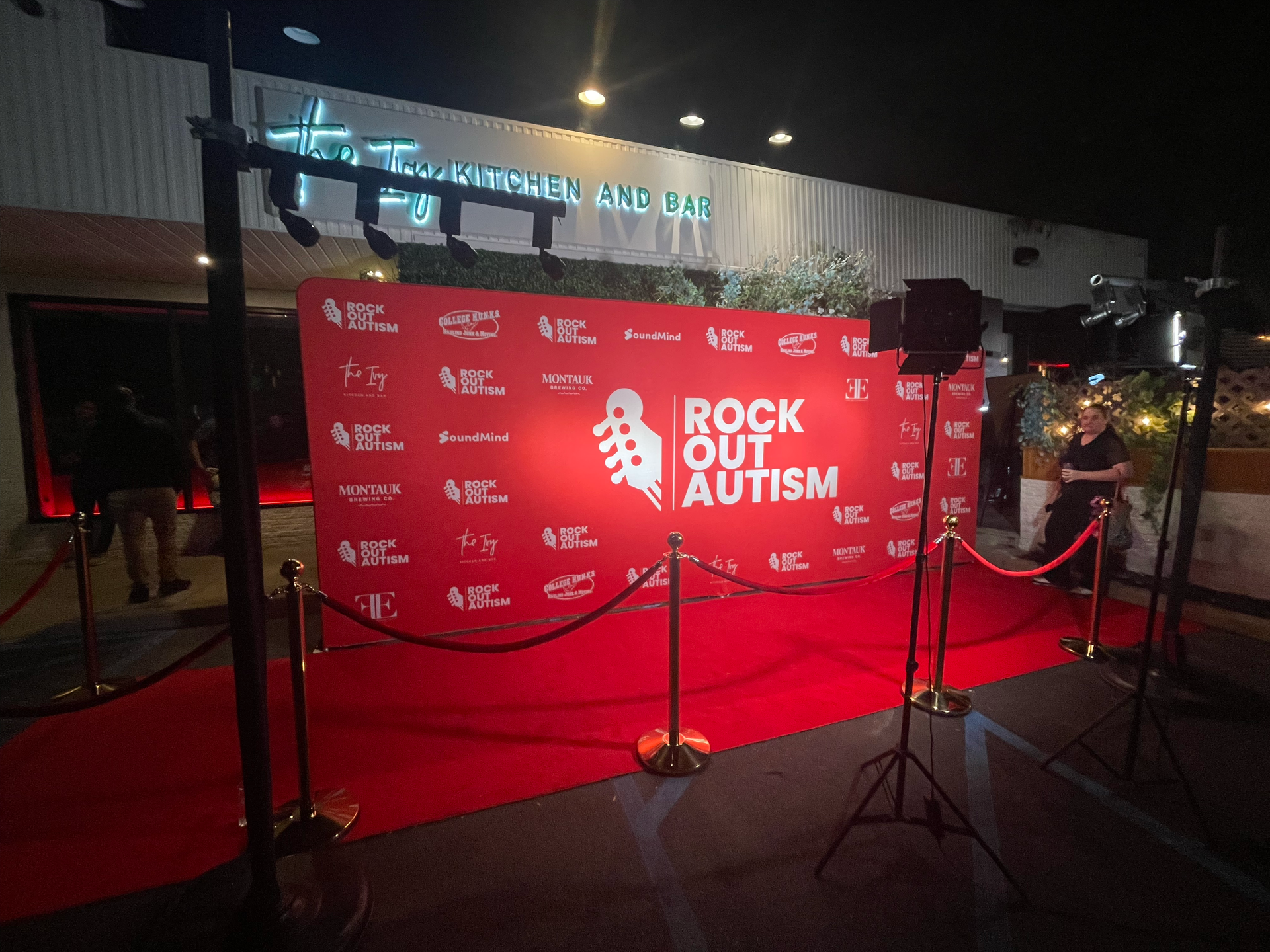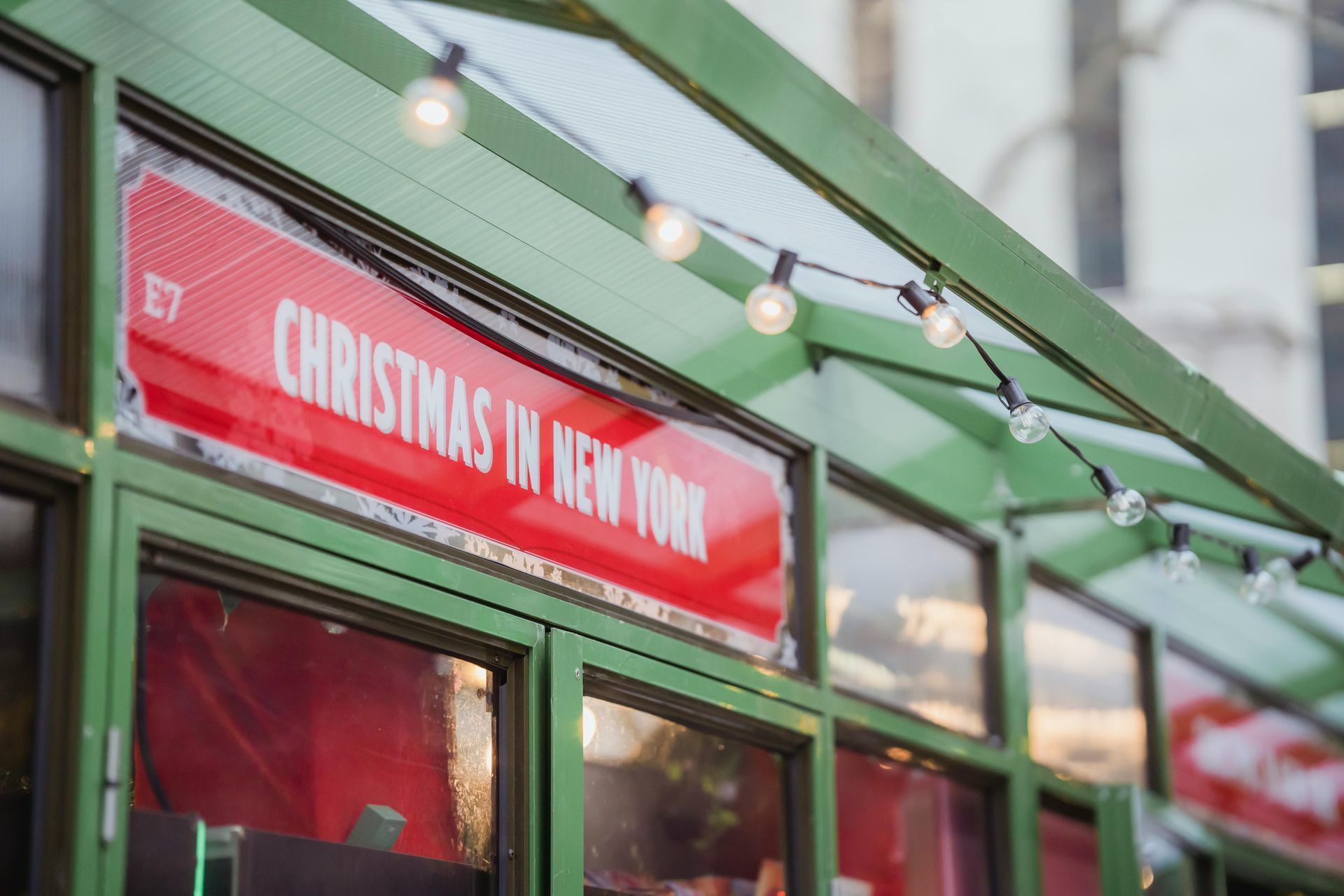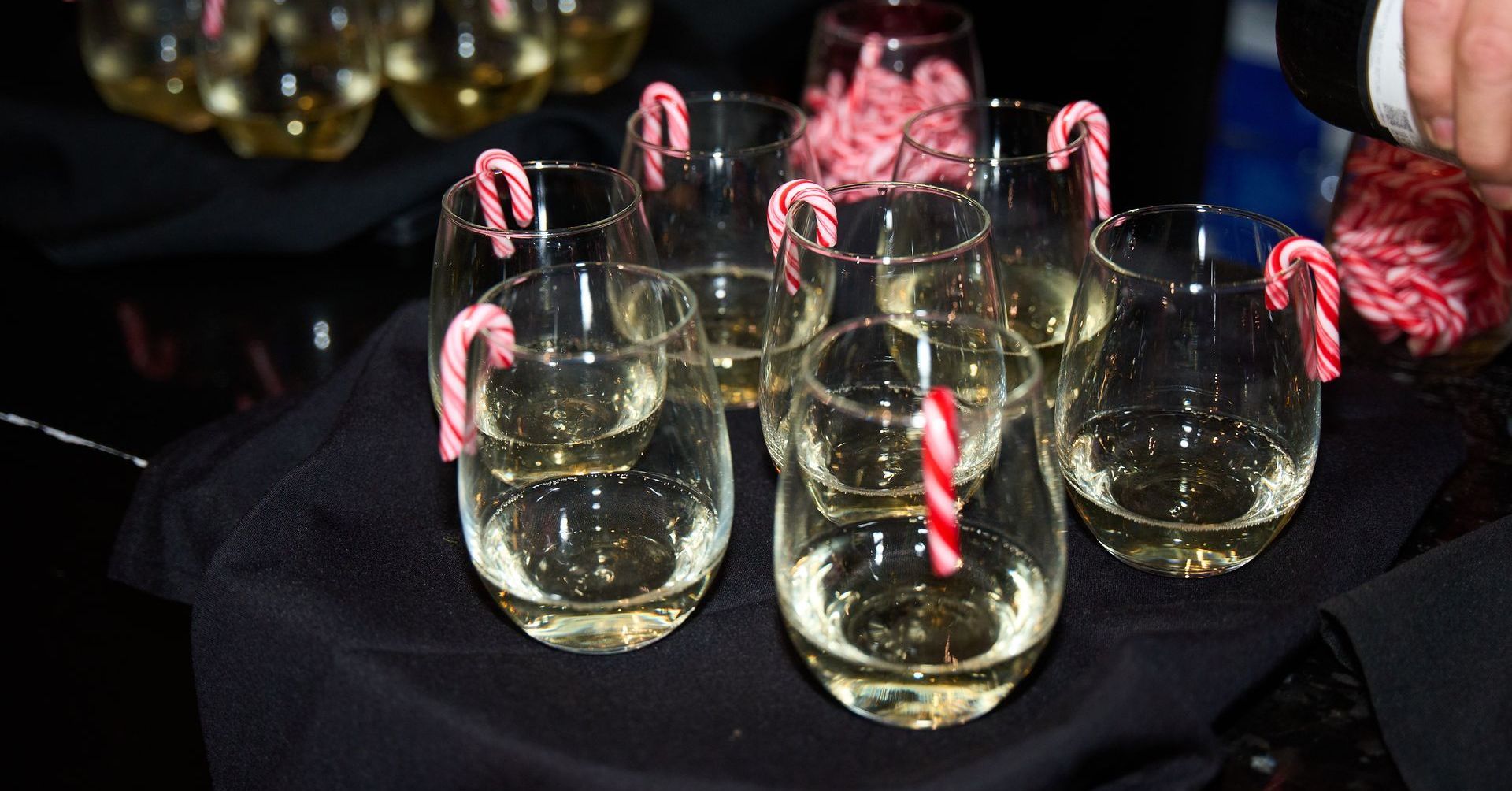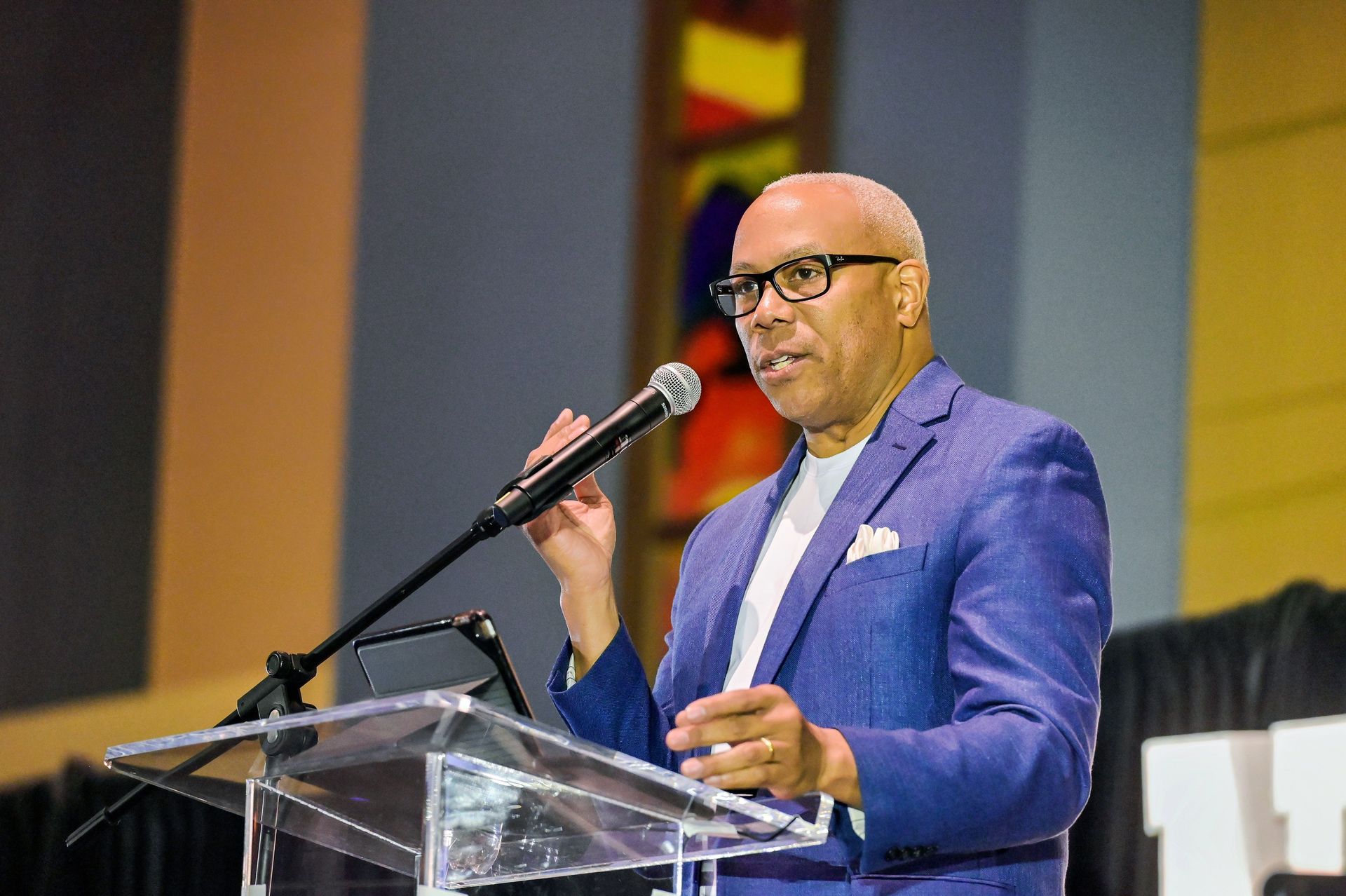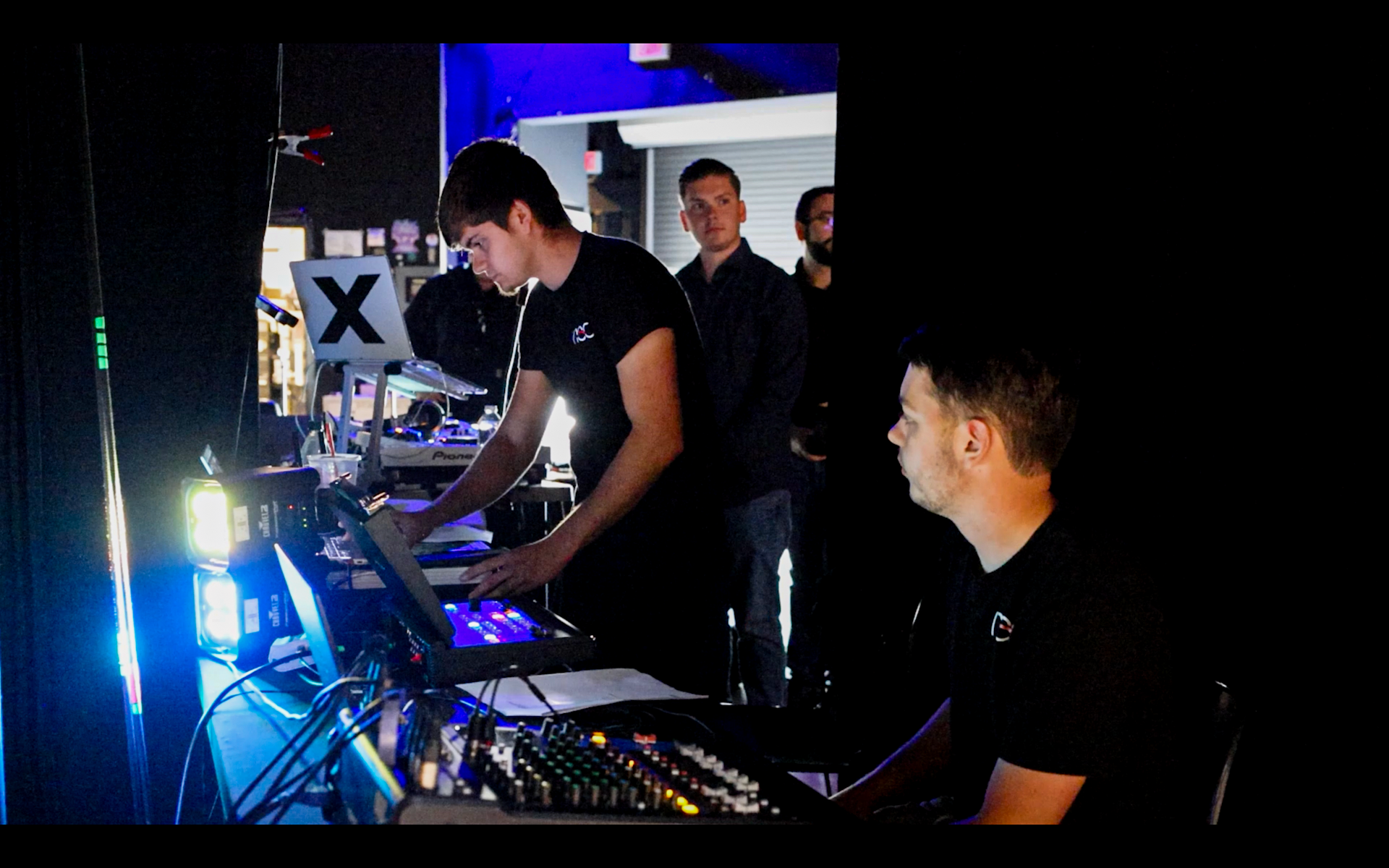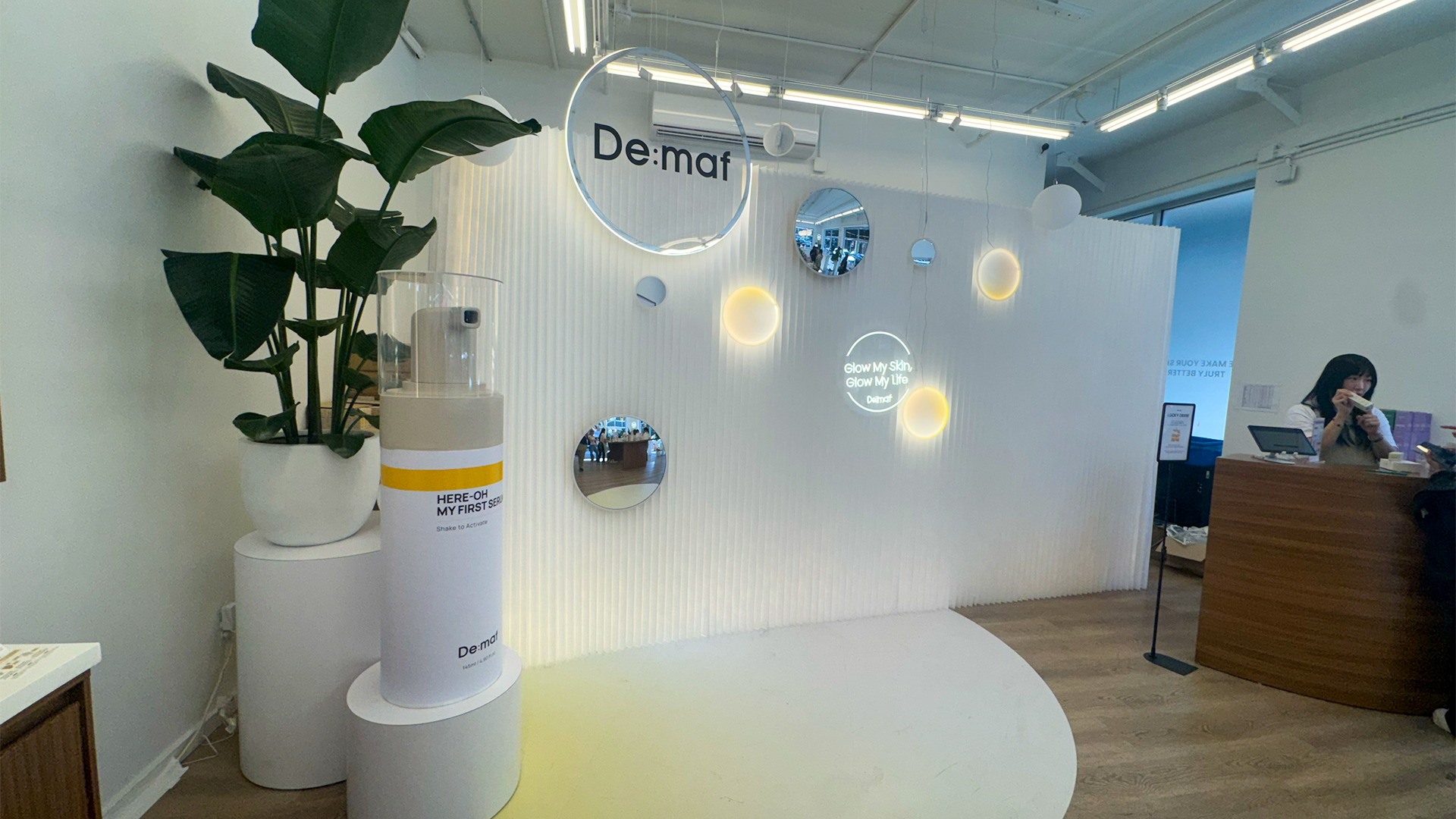From Sketch to Stage: The Event Fabrication Process
Introduction to Event Fabrication
Event fabrication is the art of transforming ideas into immersive environments that captivate and inspire. It’s a process that merges creativity, strategy, and craftsmanship to build spaces that leave a lasting impression. Whether you’re planning a private celebration, brand activation, or a large-scale public event, understanding the steps involved can help you appreciate the care and detail that go into the process.
At its core, event fabrication is about translating a vision into reality, step by step. It starts with thoughtful planning to understand the goals and desires behind the concept. This ensures that every decision moving forward is aligned with the intended outcome. From there, design takes the lead, shaping the look and feel of the space to match the vision while paying attention to functionality and flow.
After the design is finalized, the focus shifts to production, where those ideas take physical form. Using precise methods and tools, the design evolves into structures and details that reflect the original vision. Finally, all the pieces come together in the installation phase, where a team assembles and prepares the space for the big moment.
Each stage of event fabrication plays a unique role, working together to ensure the final experience is both cohesive and memorable. Whether it’s bold and dramatic or understated and elegant, the fabrication process has the power to bring any vision to life. By understanding how these steps connect, you can gain deeper insight into what goes into creating an event space that truly stands out.
Step One: Planning
The planning stage is where the foundation of event fabrication is set, making it one of the most important steps in the process. At this stage, the primary focus is on gathering as much information as possible about the vision and purpose behind the event. It begins with clear and open communication between the client and the team to fully understand the goals, expectations, and unique ideas that will shape the project.
This step is more than just creating a checklist or timeline—it’s about diving into the details of the event’s concept to ensure all aspects of the design and execution will align with the client’s vision. From discussing the overall atmosphere and theme to understanding logistical considerations like venue size, audience, and budget, every element is taken into account. Collaboration is key, as it allows for questions to be addressed, preferences to be clarified, and creative input to be shared.
During the planning phase, strategies are outlined to ensure the project remains on track throughout each subsequent stage. This includes developing a clear roadmap that provides structure while also leaving room for adjustments as needed. It’s also a time to define priorities and set expectations, ensuring that all parties involved are on the same page. Establishing this solid groundwork is what allows the rest of the fabrication process to flow smoothly and efficiently.
Step Two: Design
The design phase is where ideas begin to take shape visually. This step focuses on translating the goals and concepts established during planning into a cohesive design that aligns with the event's purpose and atmosphere. During this stage, elements like layout, color schemes, materials, and overall aesthetics are thoughtfully considered to ensure they work together to create the desired experience.
A strong design considers not only how the space will look but also how it will function. Factors like traffic flow, sightlines, and how guests will interact with the space are all important to the process. The goal is to balance creativity with practicality, ensuring the design is both visually striking and easy to navigate.
This step also allows for collaboration and refinement. Initial ideas are developed into more concrete concepts, and adjustments can be made to ensure every detail supports the overall vision. Whether it’s selecting textures that complement the theme or planning for effective lighting to set the mood, each decision adds another layer of depth to the design.
Visual tools like sketches or digital renderings can play a crucial role at this stage, offering a clear preview of how the finished space will come together. These tools allow for adjustments before production begins, ensuring the design is polished and ready for the next phase.
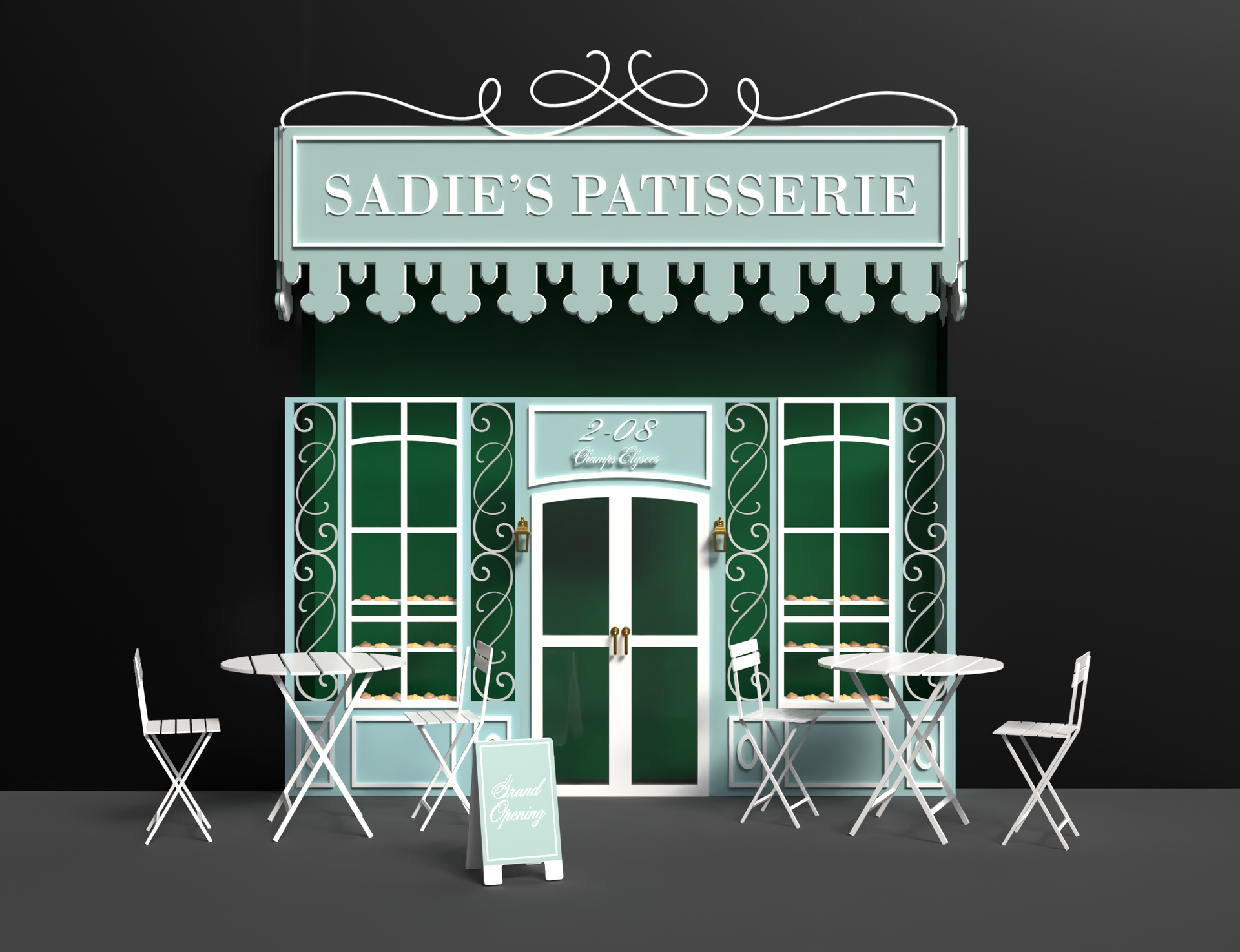
Step Three: Production
The production phase is where the design transforms into physical elements, bringing the concept closer to reality. At this stage, the focus shifts to carefully crafting the components that will make up the final build. Precision and attention to detail are key as materials are selected, structures are fabricated, and elements are assembled to match the approved design.
An essential part of this step is the creation of mock-ups or prototypes. These serve as previews of the finished product, giving everyone involved a clear understanding of what to expect. This is the time to make any necessary adjustments to ensure that the final build aligns perfectly with the original vision.
Production involves a combination of skilled craftsmanship and the use of advanced tools and technology to ensure accuracy and quality. Whether it’s building custom pieces, printing graphics, or preparing intricate decor, each task is handled with care to guarantee a polished result.
Collaboration remains important during this phase as the team works closely to address any challenges and keep everything on track. By the end of production, all the individual components are ready to be transported and assembled at the event location, setting the stage for the next and final step: installation.
Step Four: Installation
The installation phase is where the vision becomes a reality, as every element of the project is brought together on-site. This step requires careful coordination and a hands-on approach to ensure everything is assembled and arranged according to the design plan. From large structural pieces to intricate decorative details, every component is positioned with precision to create a cohesive and impactful space.
During installation, timing is crucial. A clear schedule helps ensure the setup stays on track, leaving enough time for testing and adjustments before the event begins. The team works to address any unforeseen challenges quickly, maintaining a smooth and efficient process.
The physical layout of the space is carefully aligned with the design, taking into consideration factors like guest flow, accessibility, and overall functionality. Lighting, staging, and decor are fine-tuned to bring the desired atmosphere to life. Each detail is double-checked to ensure it meets the expectations set during the planning and design phases.
Collaboration is still important at this stage, with teams working closely to align their efforts and ensure nothing is overlooked. The goal is to transform the venue into an environment that captures the original vision, creating a memorable experience for everyone involved. With a well-executed installation, the event space is fully prepared to welcome its guests.
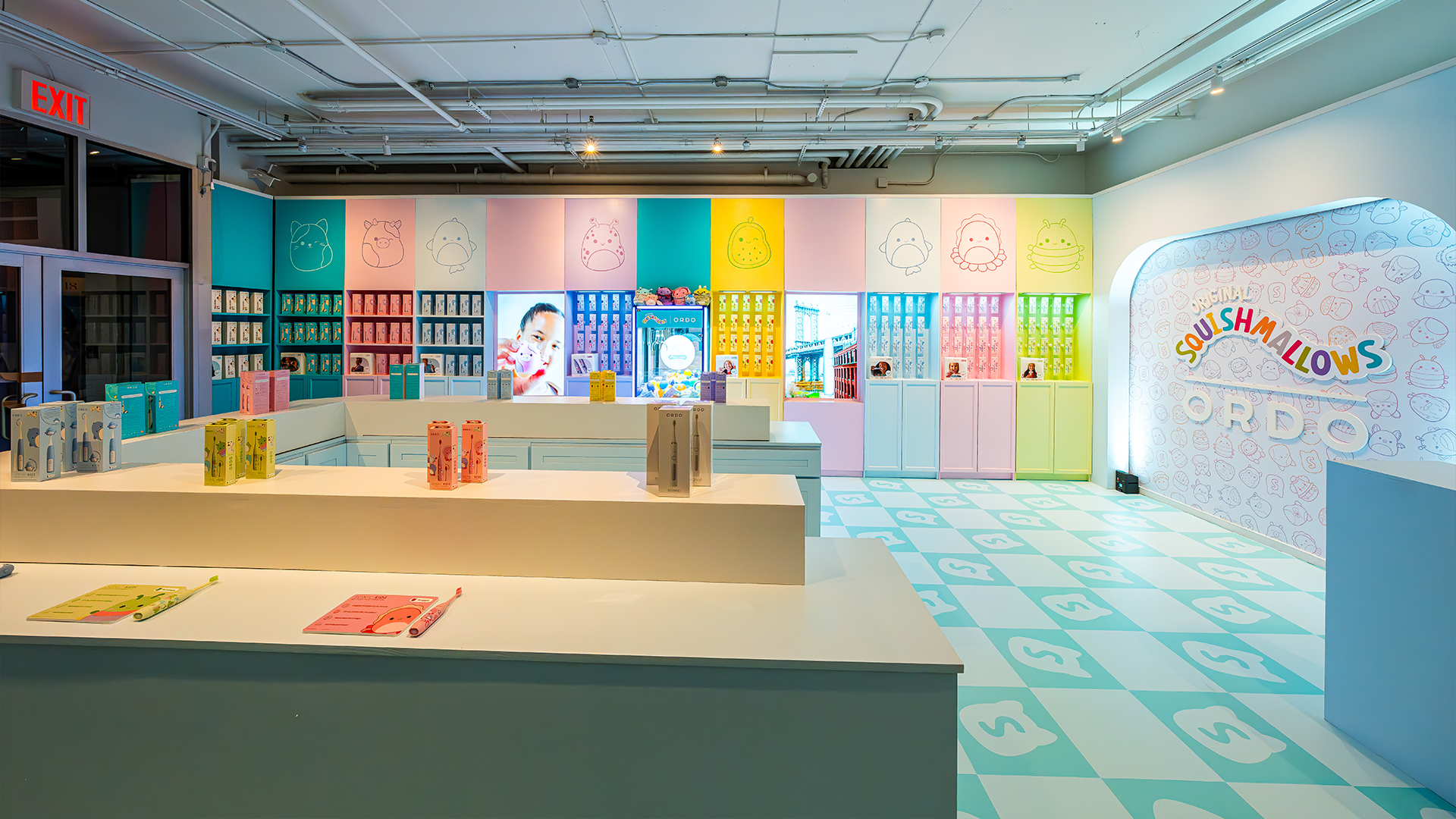
Bringing Your Vision to Life with Expert Event Fabrication
From concept to completion, event fabrication is a journey that blends creativity, technical skill, and precise execution—turning a vision into a space that leaves a lasting impression. At National Event Connection, we bring this process to life with expertise, attention to detail, and a commitment to delivering experiences that stand out. If you’re ready to transform your ideas into an unforgettable event environment, contact us today and let’s start building your vision together.
